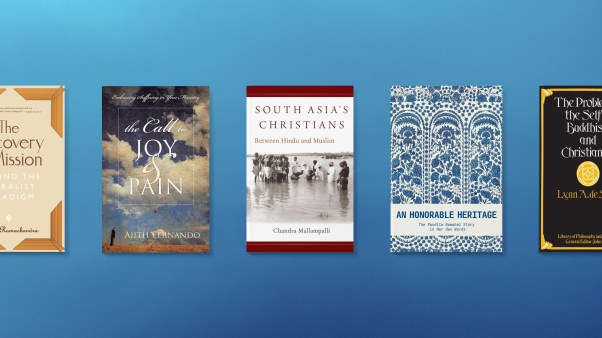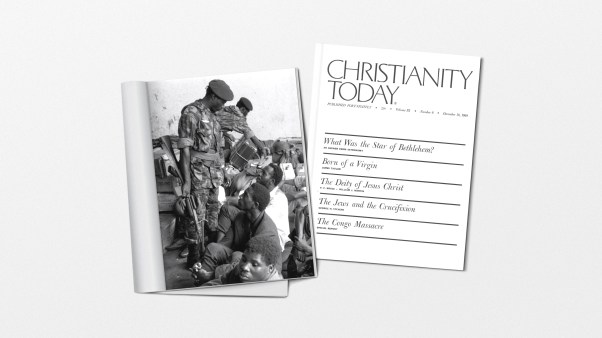The ranks of Eastern Orthodox saints are filled with celibates and monastics, but not all Orthodox saints followed such paths. Some saints had families and lived “in the world,” and sometimes a husband and wife team were honored together. Such is the case with Justinian and Theodora, who enjoyed a long and intellectually fruitful marriage while holding positions of worldly power as rulers of the Byzantine Empire.
When Justinian and Theodora ascended the throne during the mid-sixth century, the entire western empire was in disarray. Barbarian invasions disrupted lines of communication, making governing almost impossible. Over the 40 years of his rule, Justinian made reunion a central goal: “We hope that God will return us the lands which the ancient Romans ruled as far as two oceans,” Justinian wrote, but the center of Roman life had shifted to Byzantium and the old unity would not be seen again.
Justinian was more successful as a builder. The great Monastery of St. Catherine on Mt. Sinai was built at his command. He constructed basilicas in Ravenna, Italy, and elsewhere, but the crown of all Byzantine churches is the celebrated Hagia Sophia, in Constantinople (Istanbul, Turkey), which he built in 537. The glorious, multi-domed church served Christians for 800 years. After Constantinople fell to Turkish invaders 500 years ago, Hagia Sophia became a Mosque.
While her husband was building churches, formalizing a code of law, and attempting to reunite the empire, Theodora took on the role of moral reformer. Biographers discreetly note that she had led a dissolute youth; perhaps in her name, Theodora or “Gift of God,” we can see a glimpse of her repentance. She was a courageous and strong-willed woman, even more steadfast than her husband: when Constantinople was under siege and Justinian wanted to flee, it was Theodora who insisted they stay.
Theodora was intrigued by theology, particularly by the arguments of the “Monophysites.” These taught, contrary to the Council of Chalcedon, that Christ did not have both human and divine natures; he had only one nature (monophysis)—divine. Justinian tried, for Theodora’s sake, to bring the Monophysites back into the church, though this ultimately required the calling of another ecumenical council. In the end, the attempt restoration fell short.
Perhaps the largest question facing Justinian was the relationship of church and state. As a devout son of the church and simultaneously lord of the state, he was in a unique position to consider it. He developed a strategy he called “symphony.” Since the imperial throne served God’s will in the world, he reasoned, the church could be safely incorporated into the state and function under its protection. But in practice, this too came too close to simply subsuming the church into the state, relegating it to the role of a supporting structure. The tension between church and state was not to be resolved in Justinian’s lifetime, if ever.
Theodora and Justinian attempted much but accomplished less than they would have liked. With clear vision and firm leadership in a tumultuous age, this pair of married saints left a legacy of beautiful buildings and can be said to have transformed the landscape of Byzantine history.
Copyright © 2007 Christian History & Biography, or the author. Click for reprint information.








